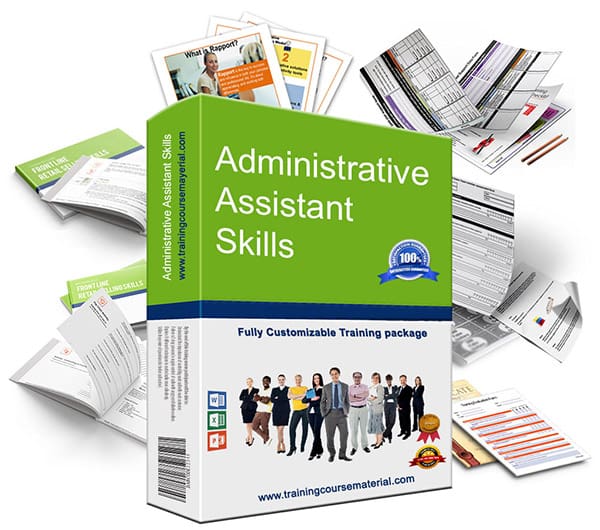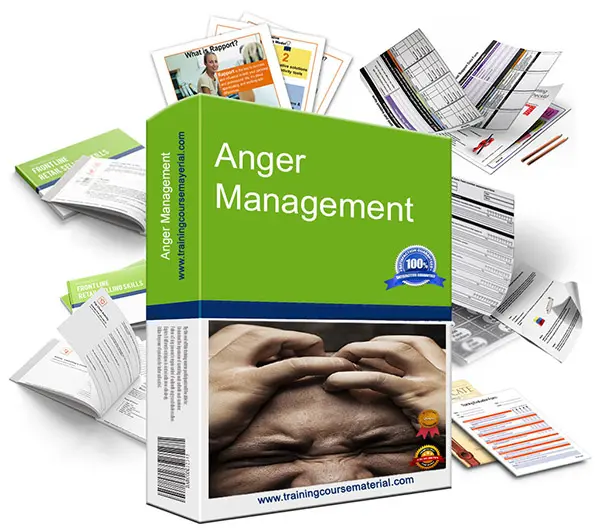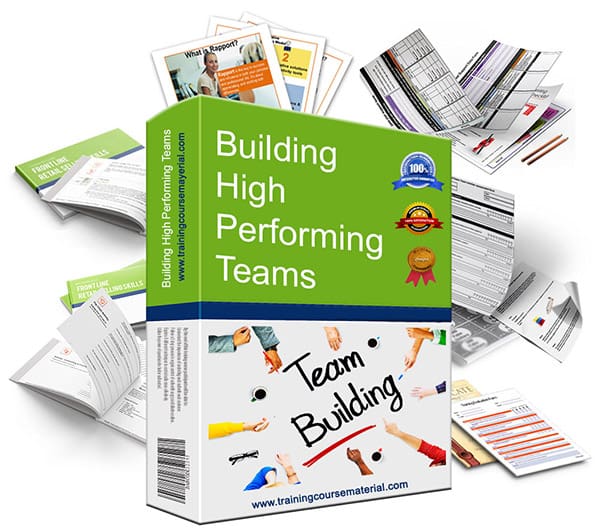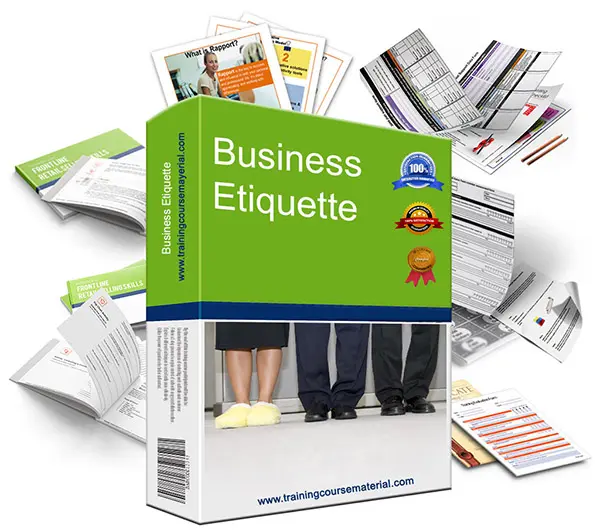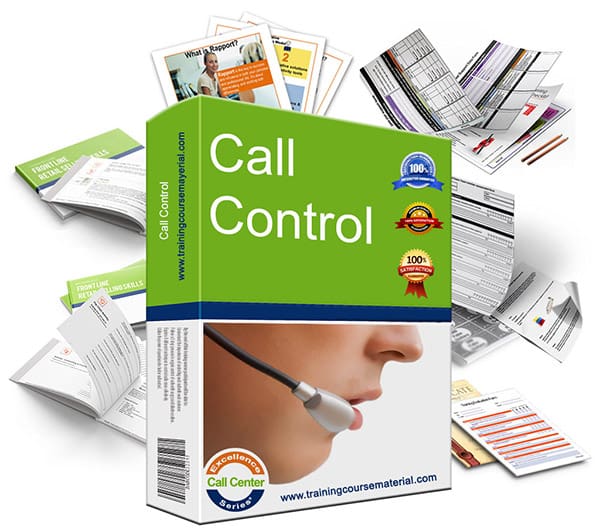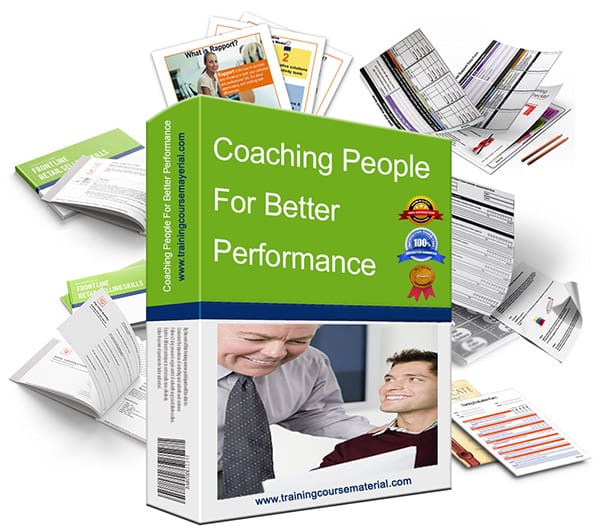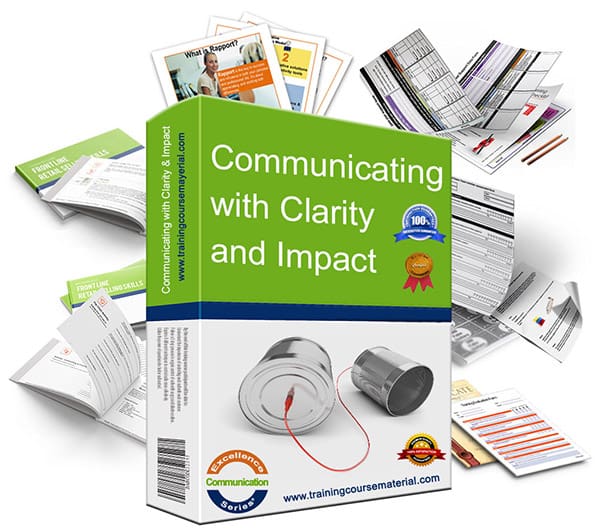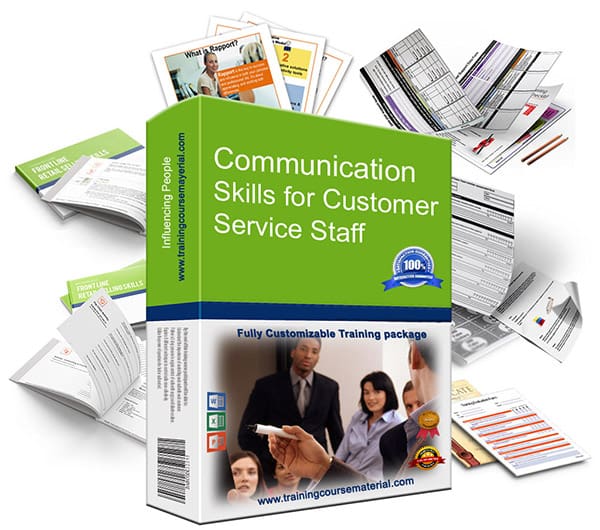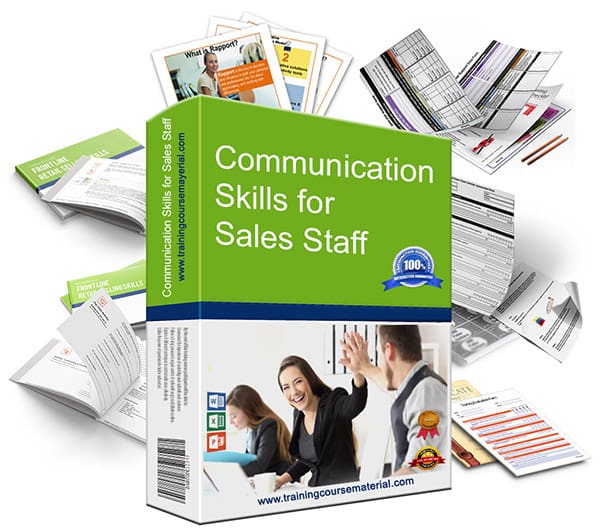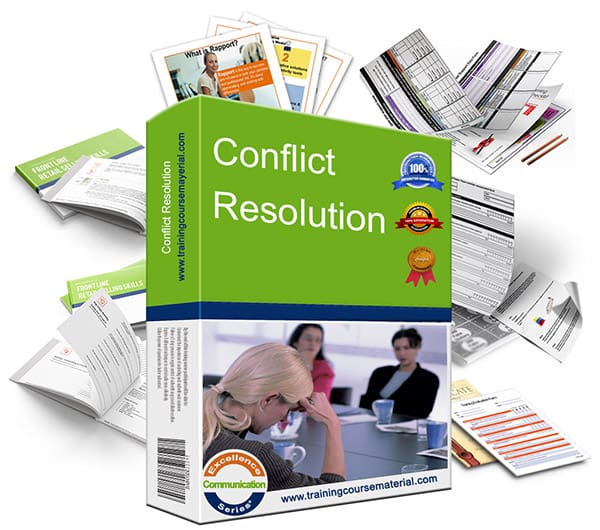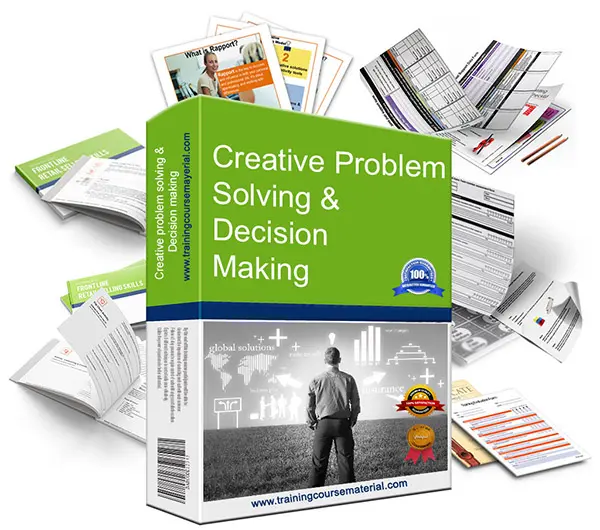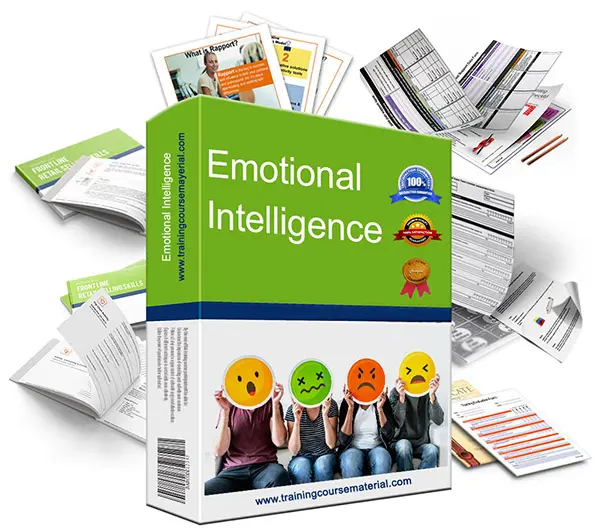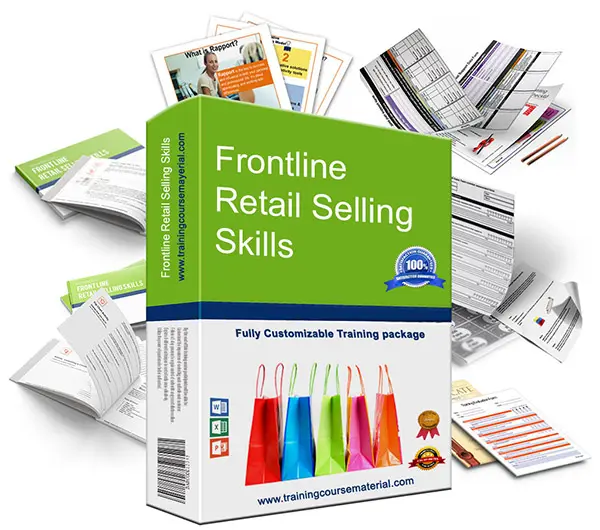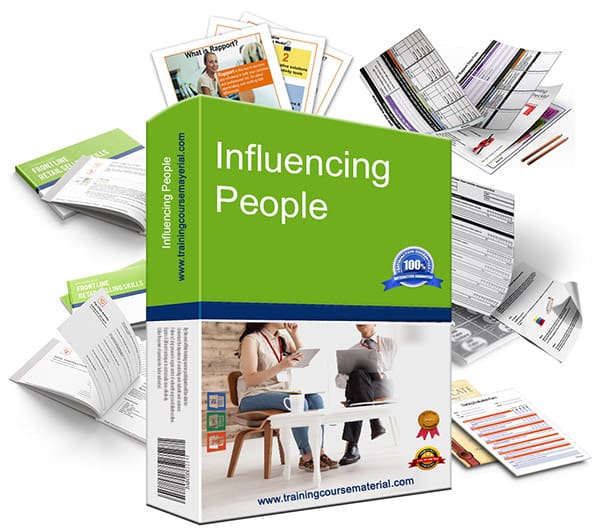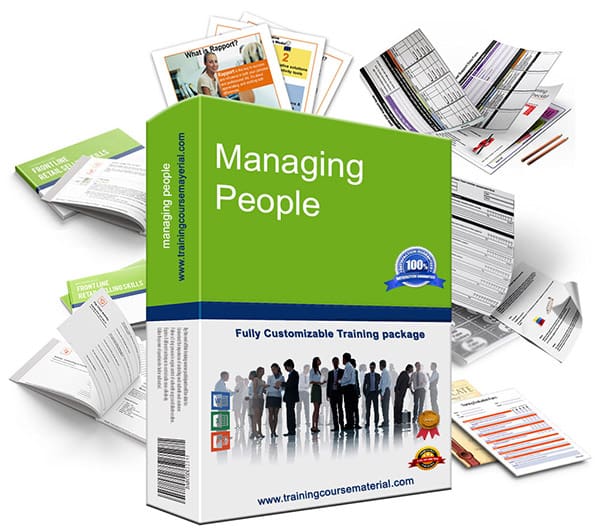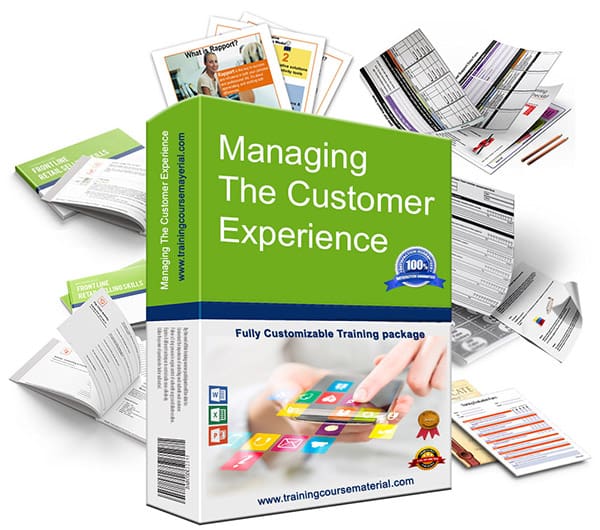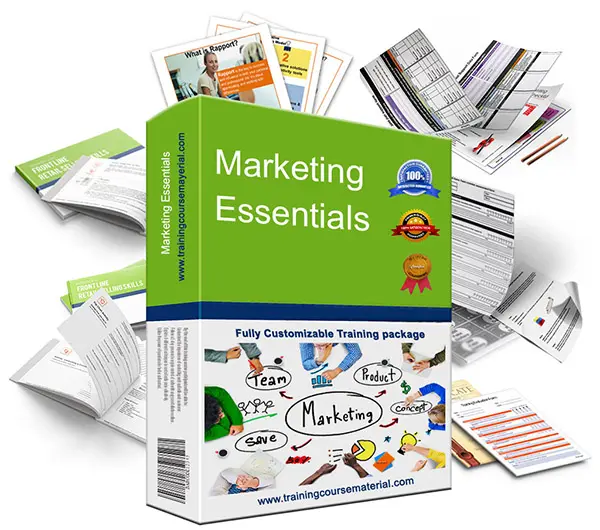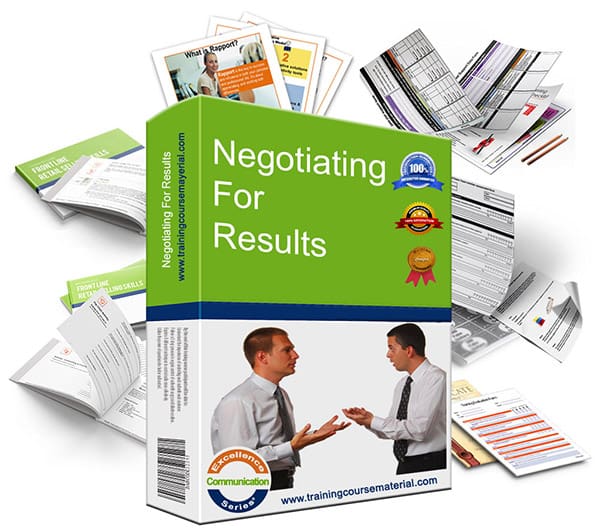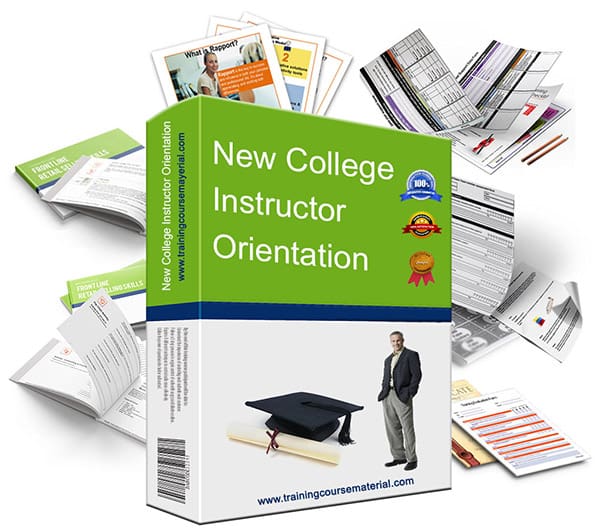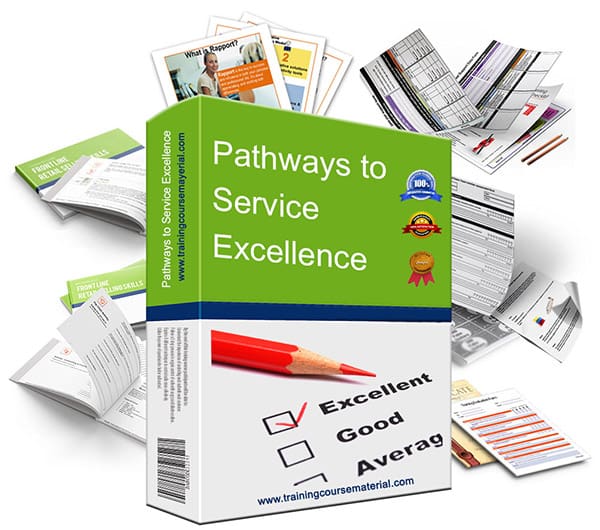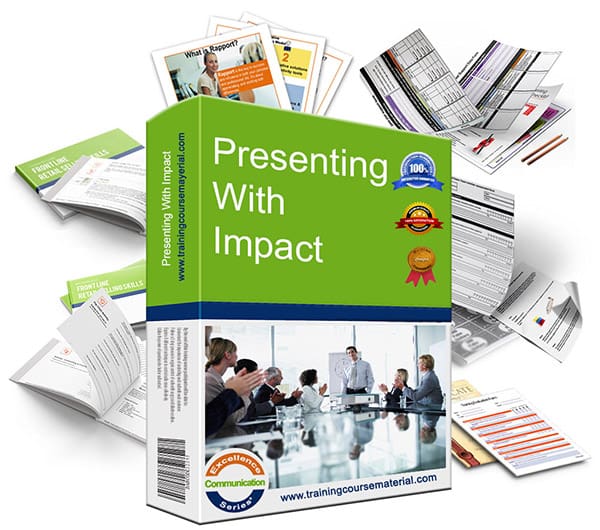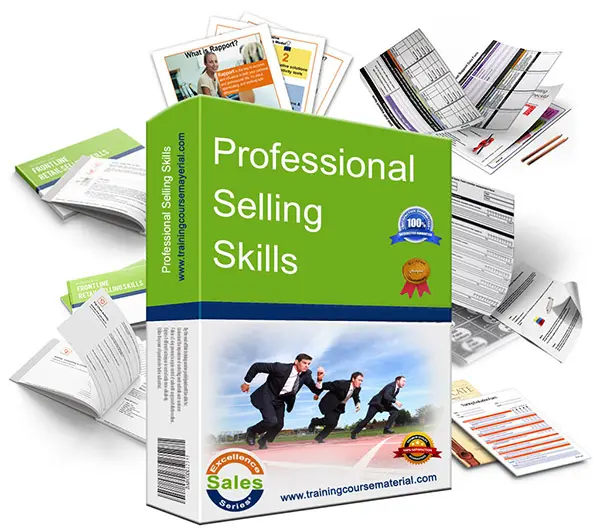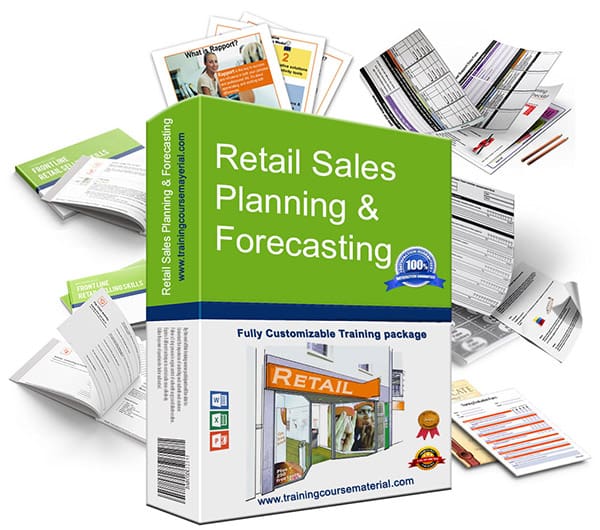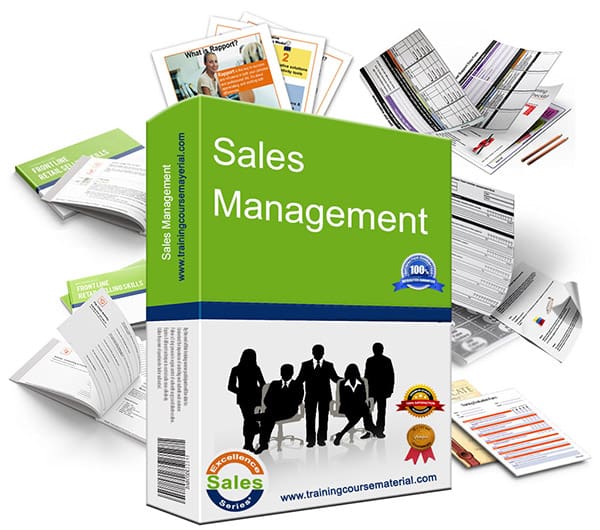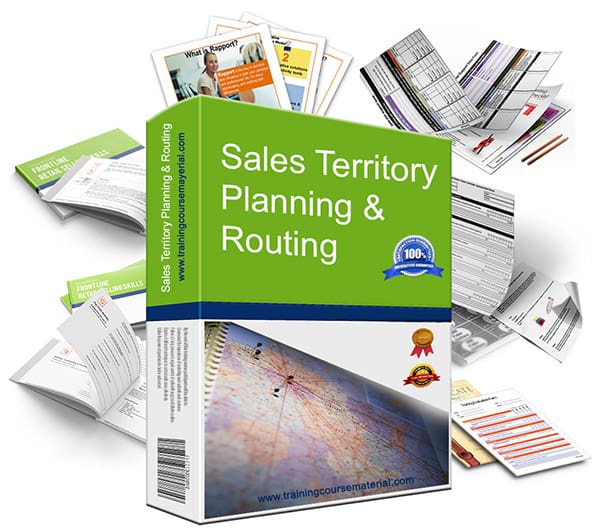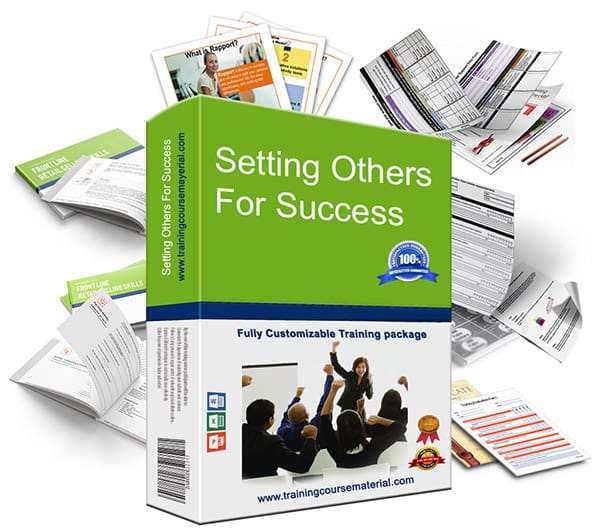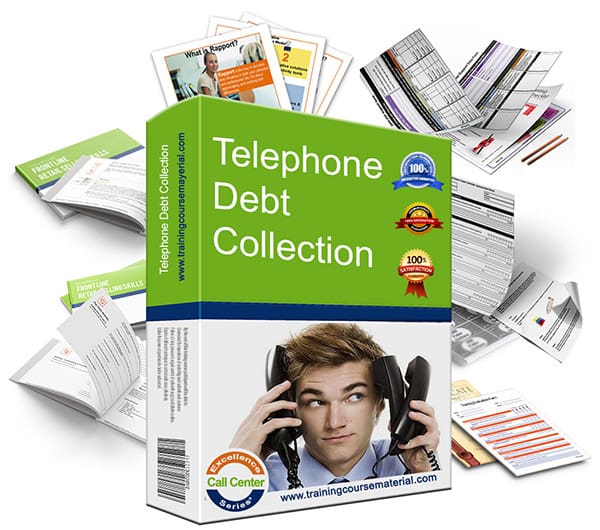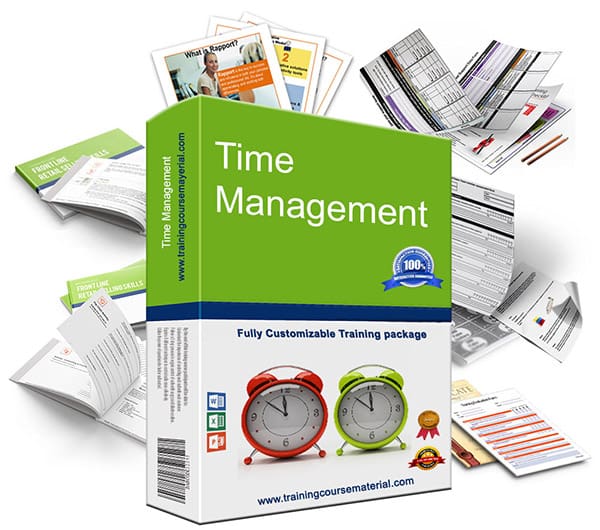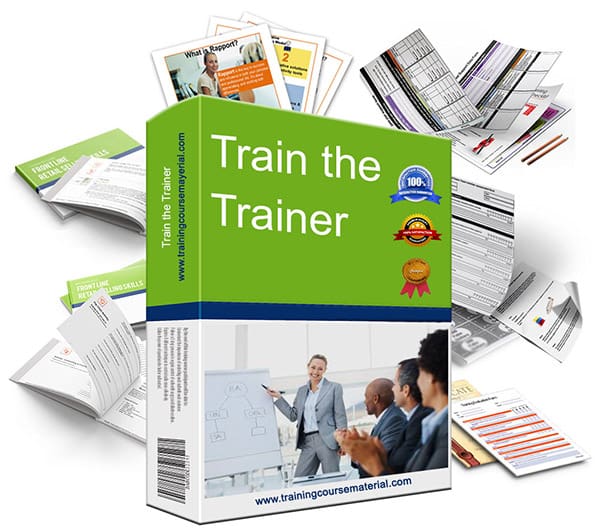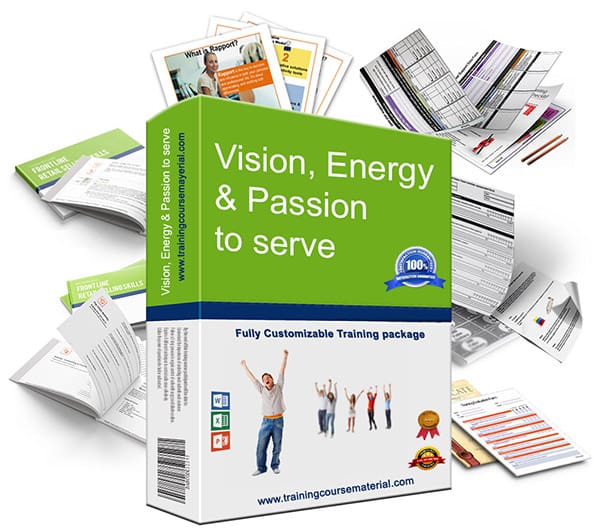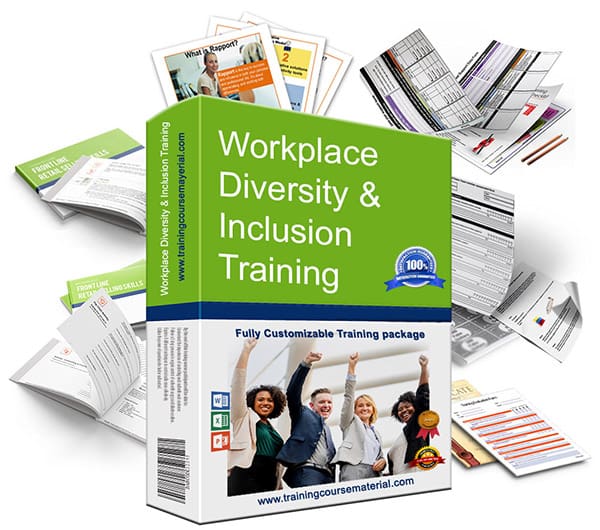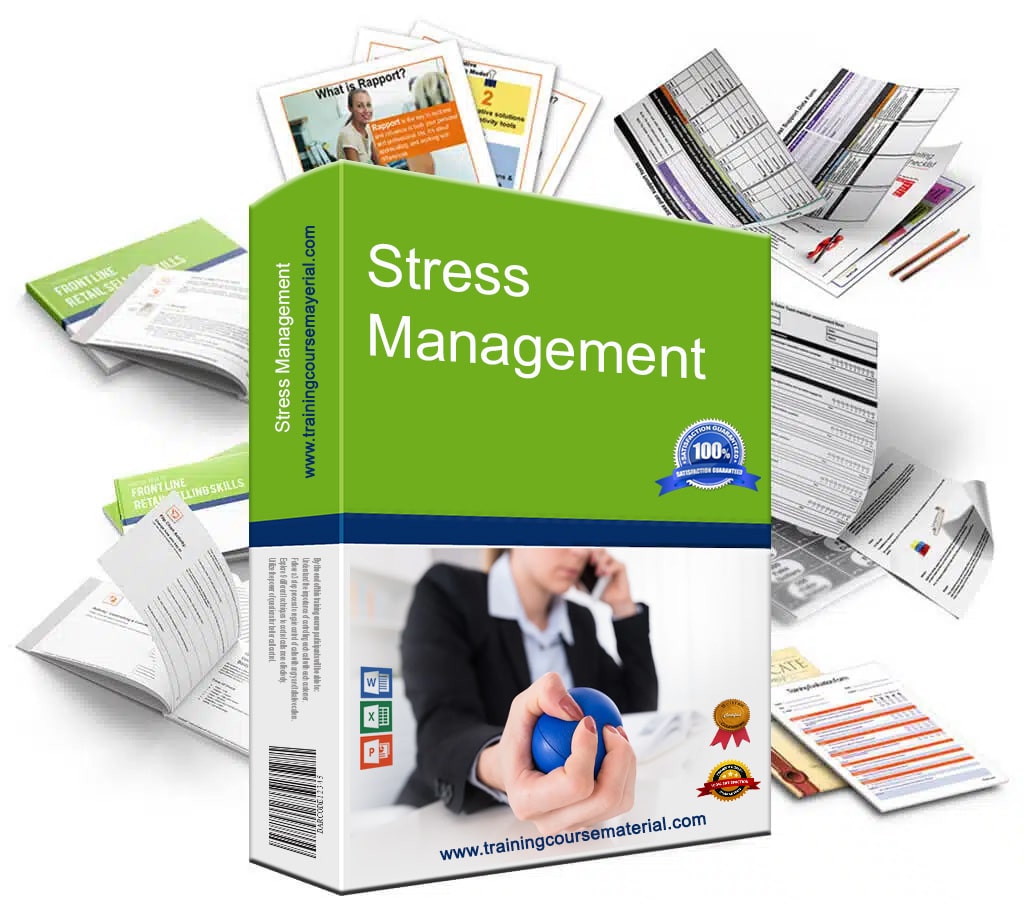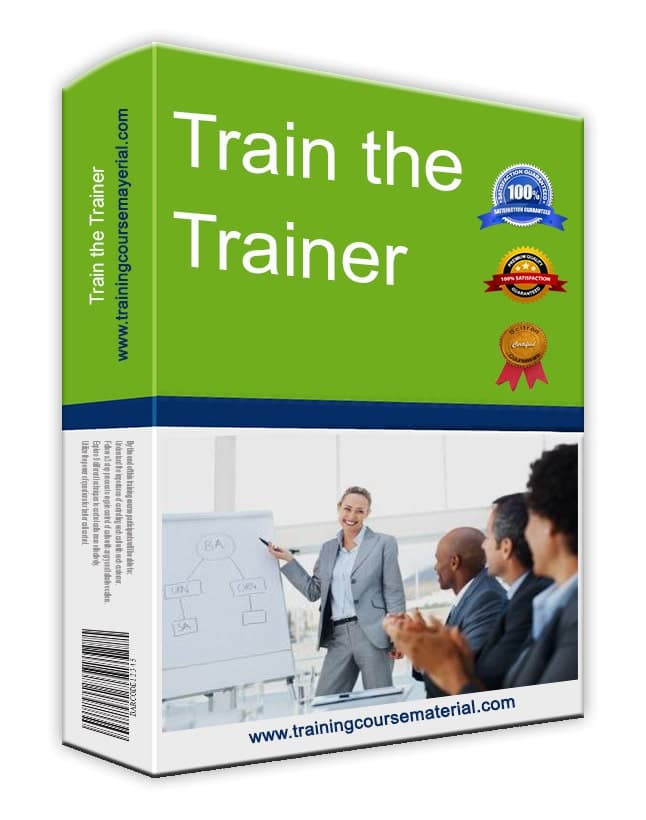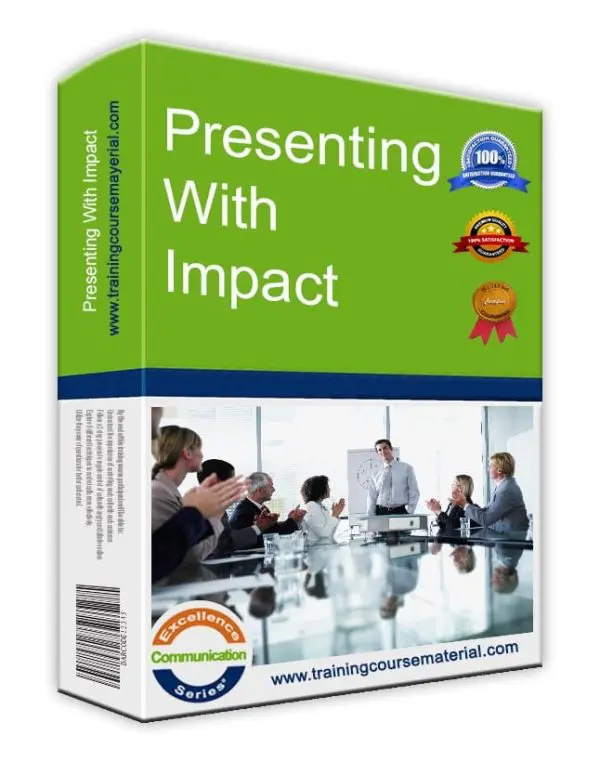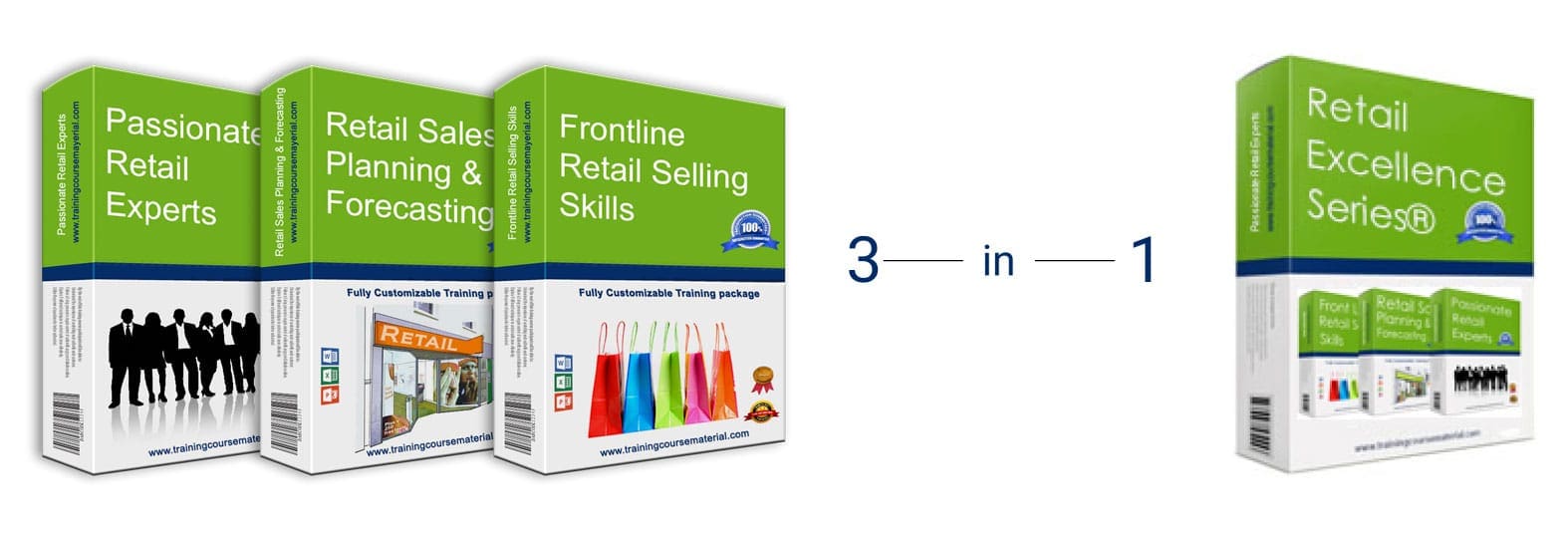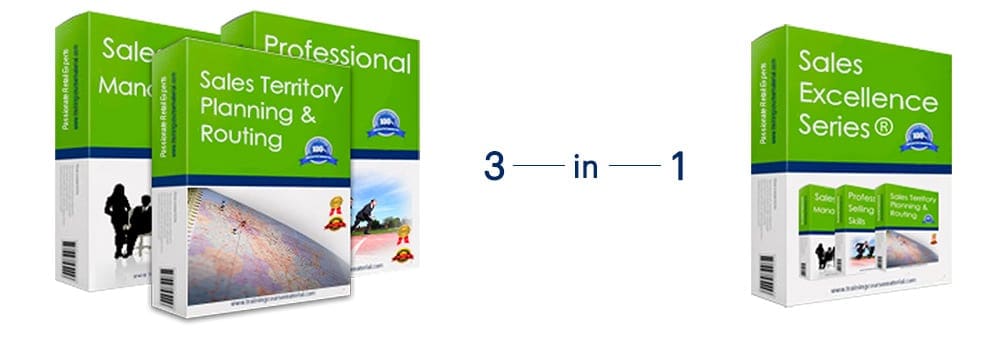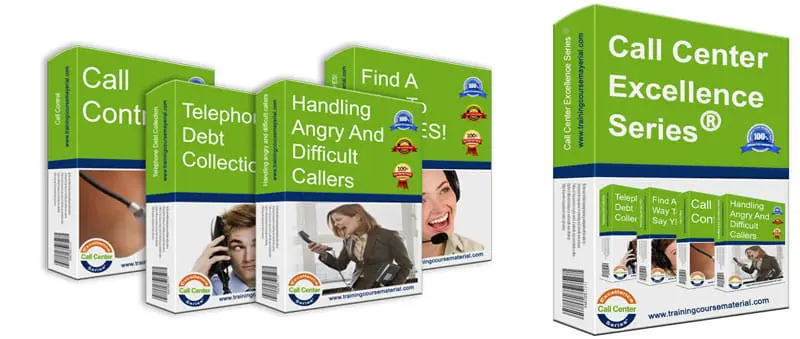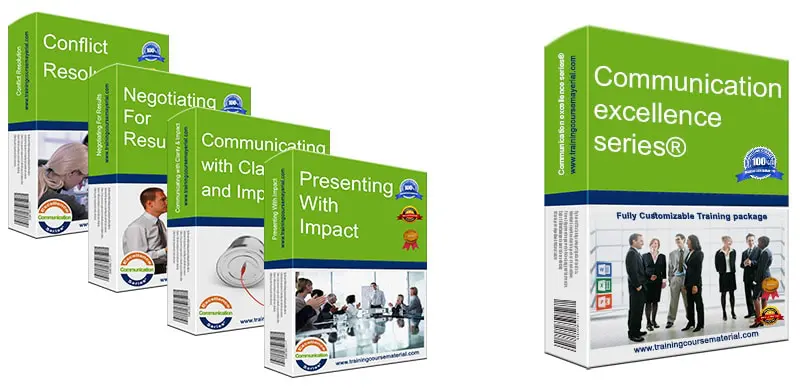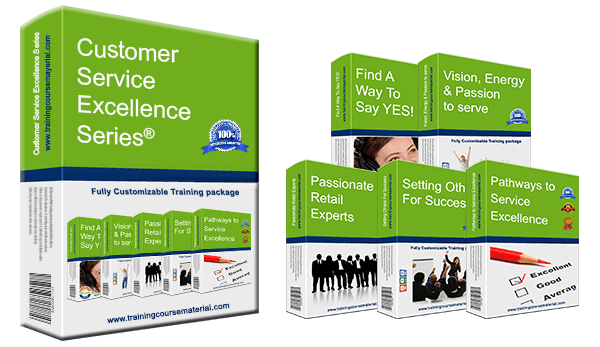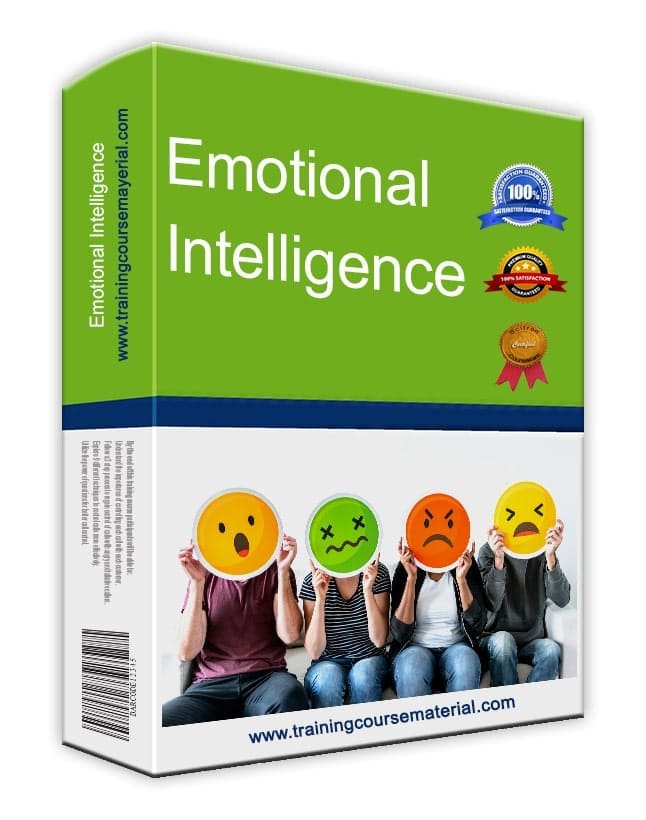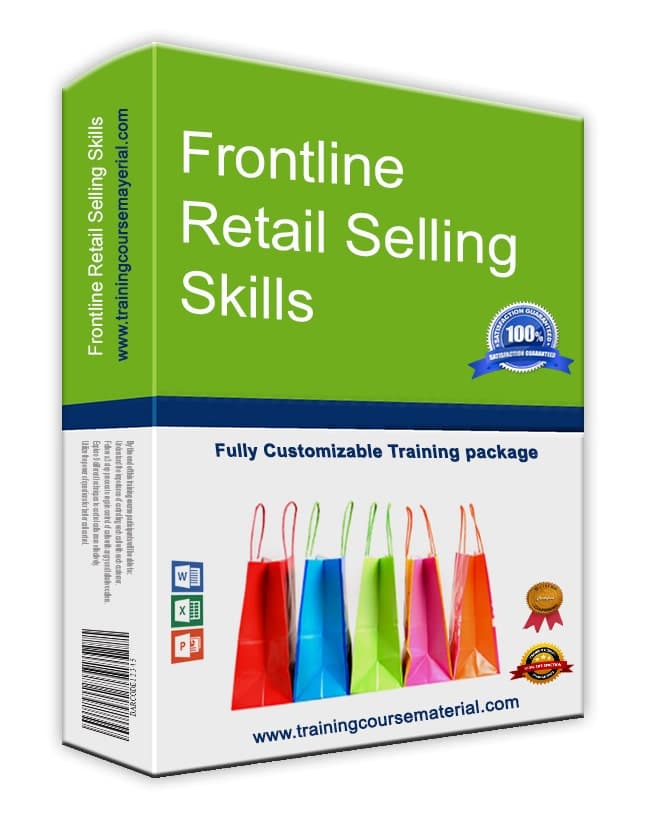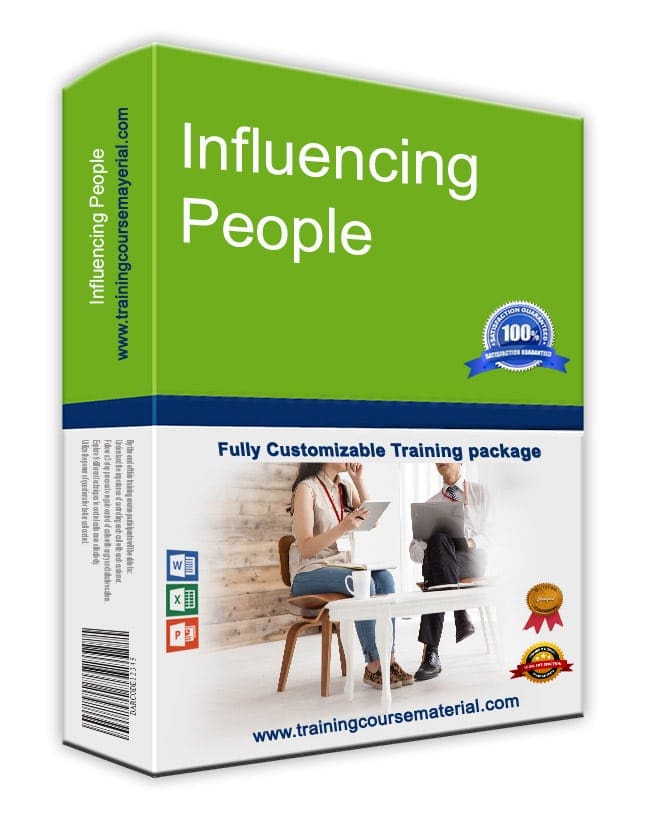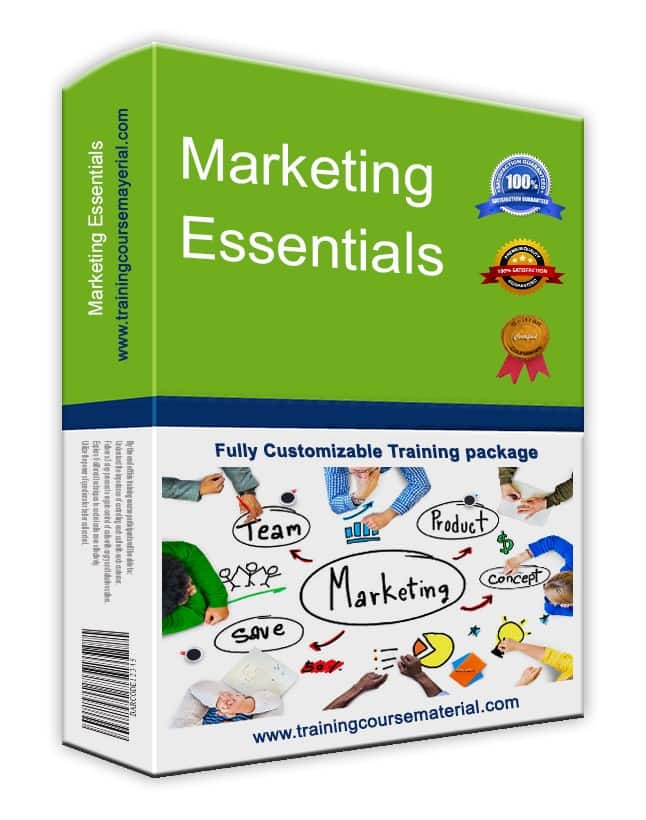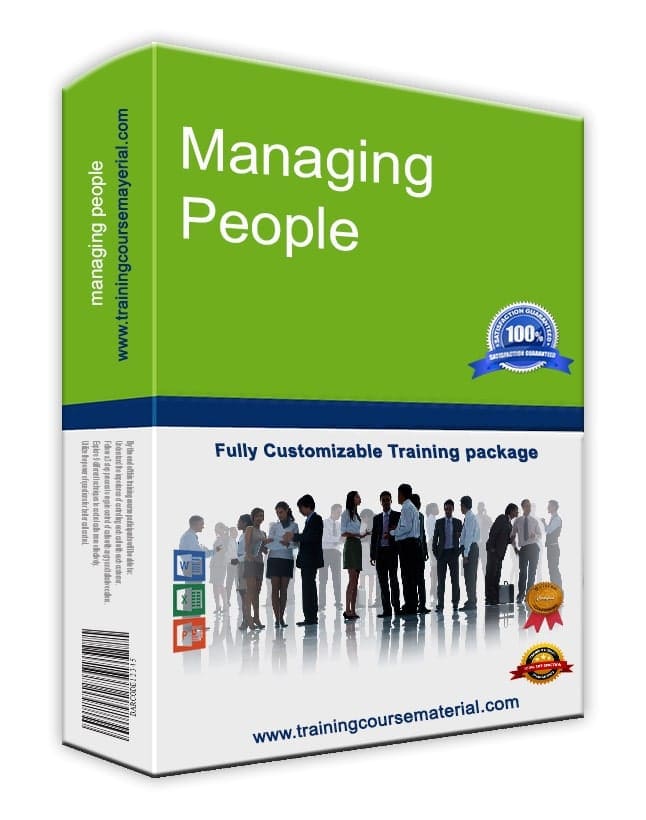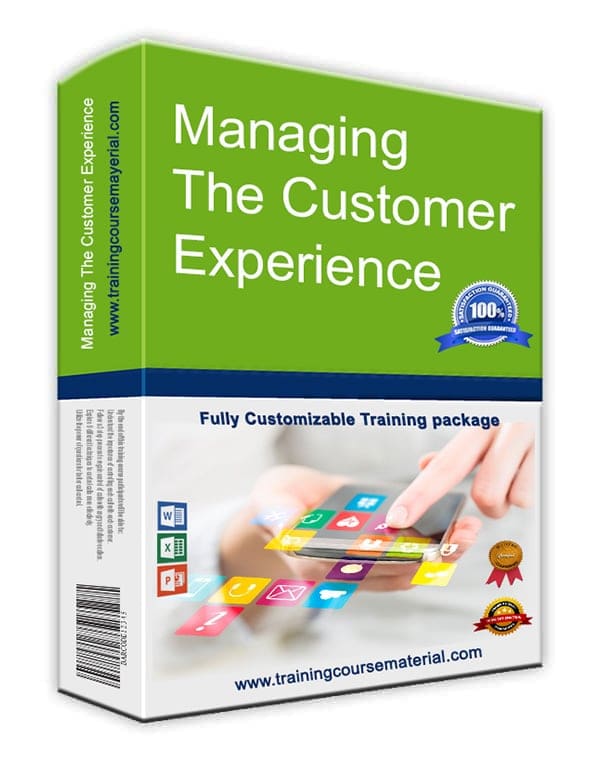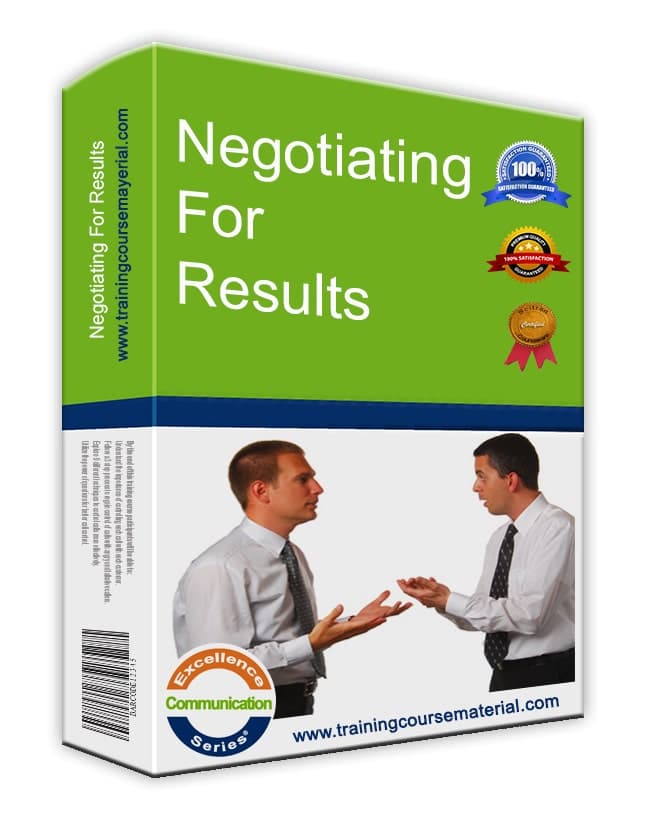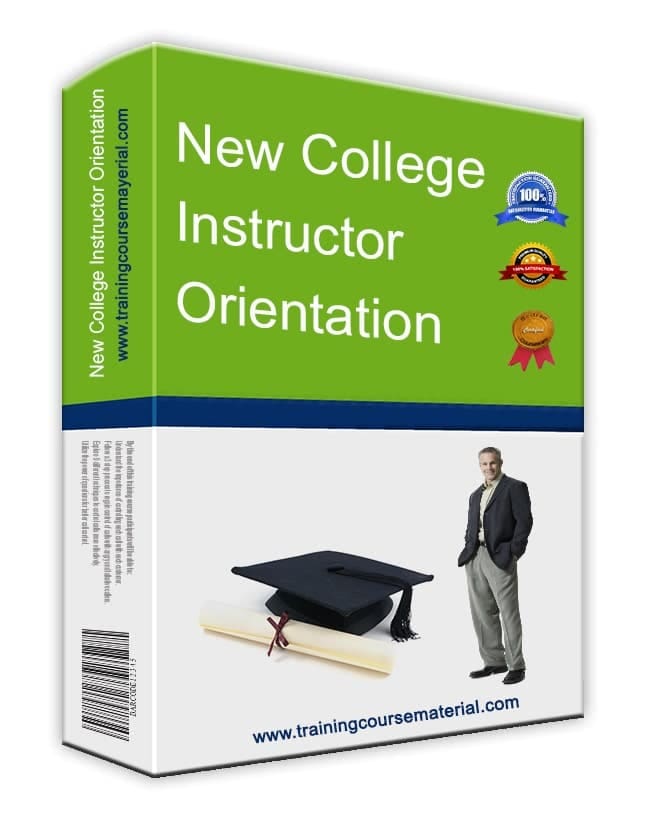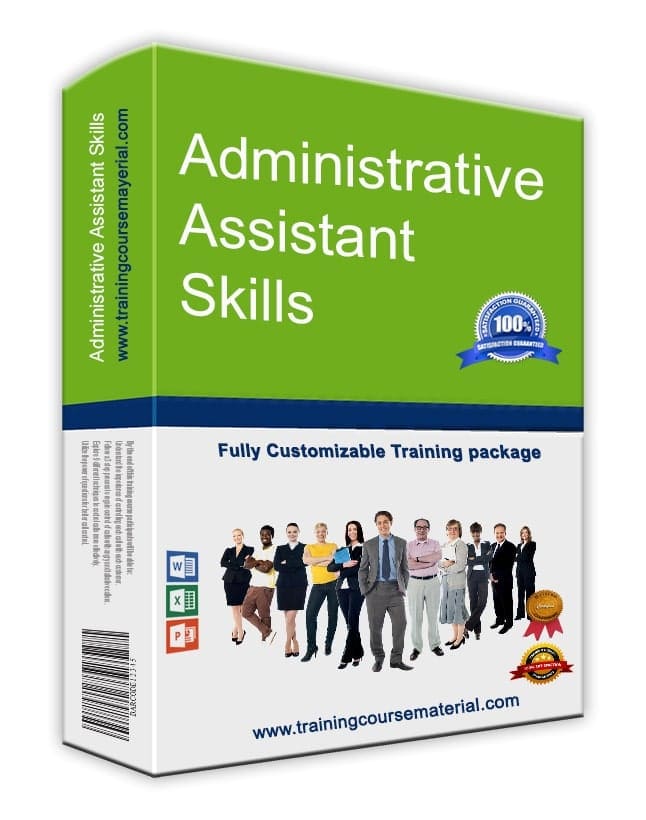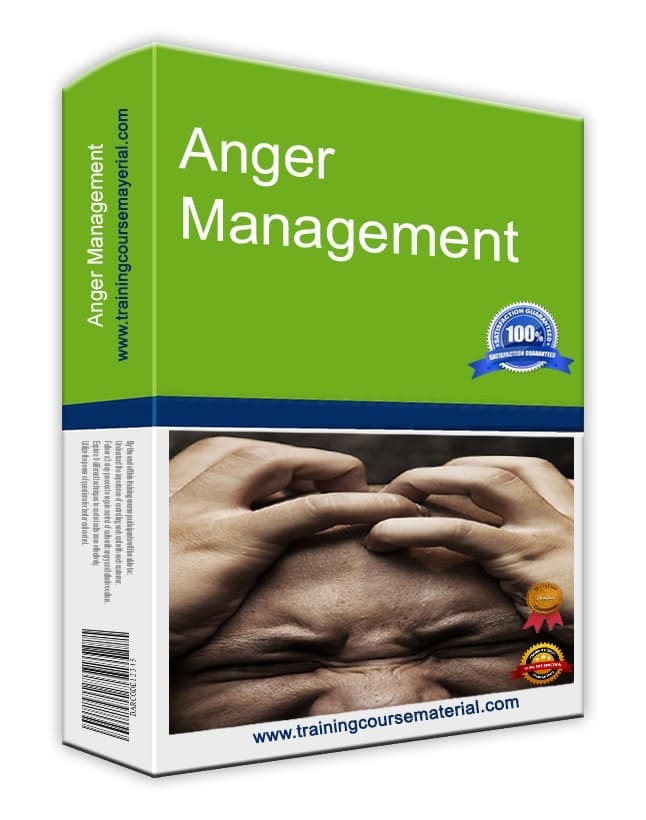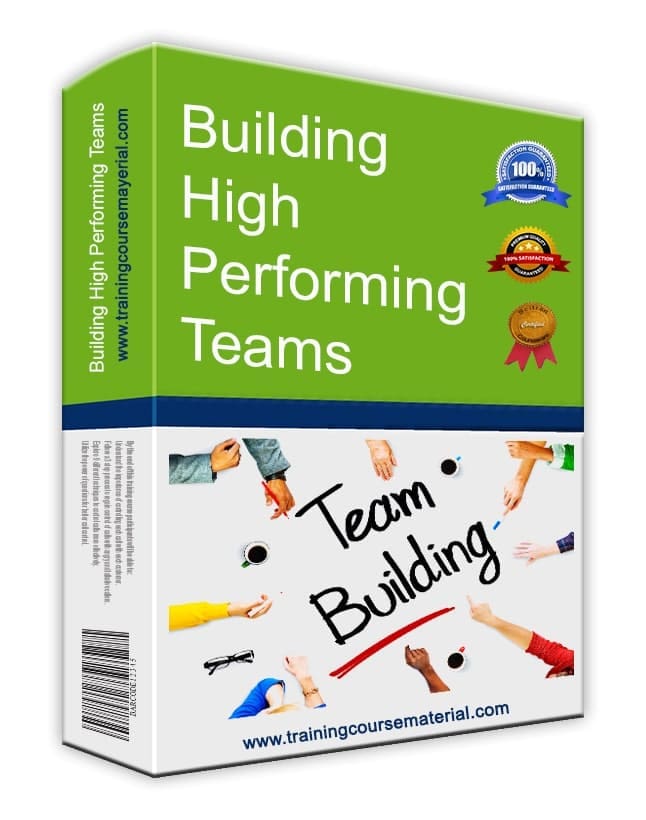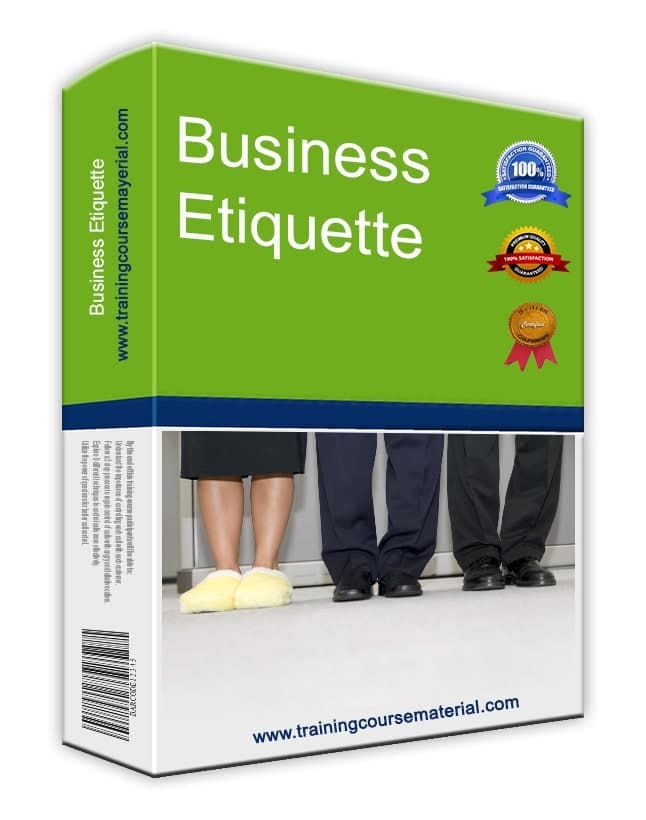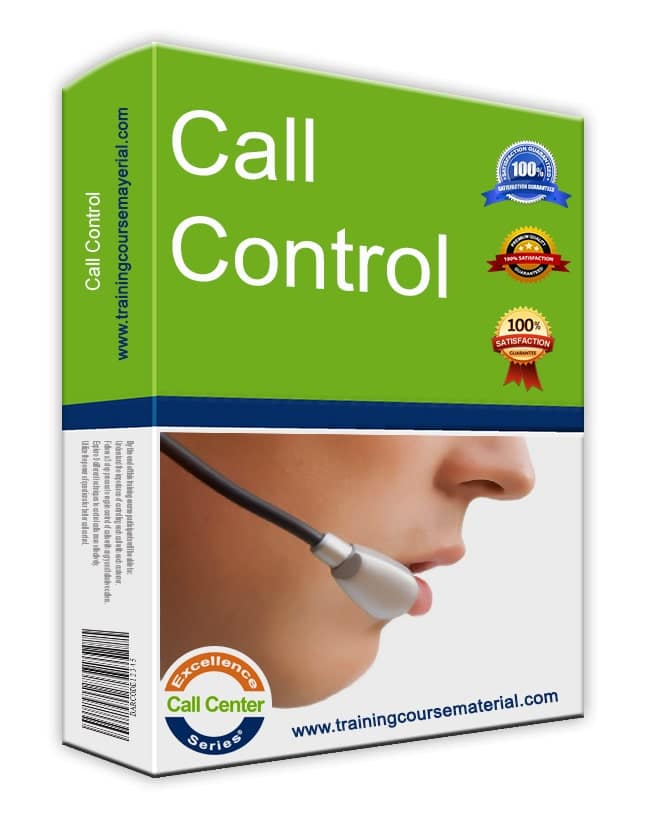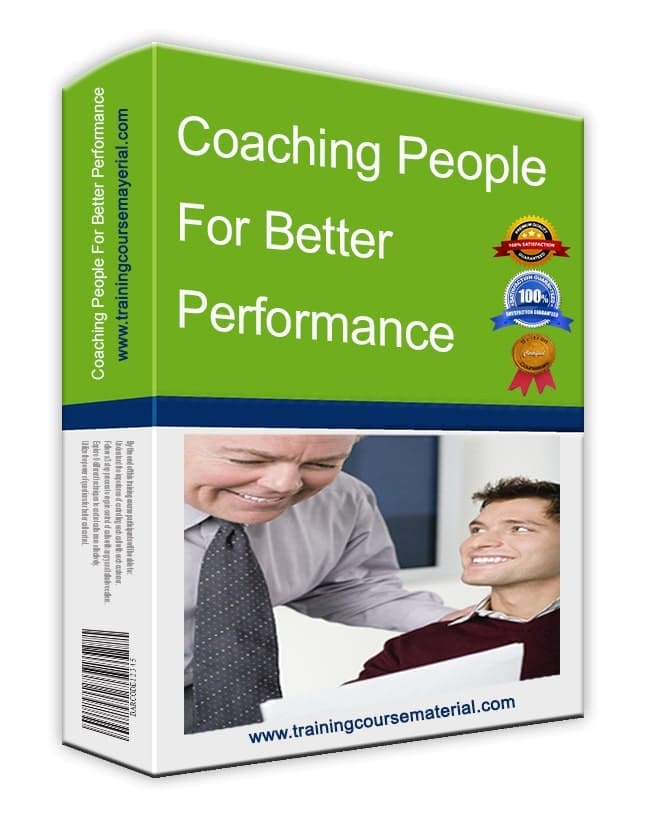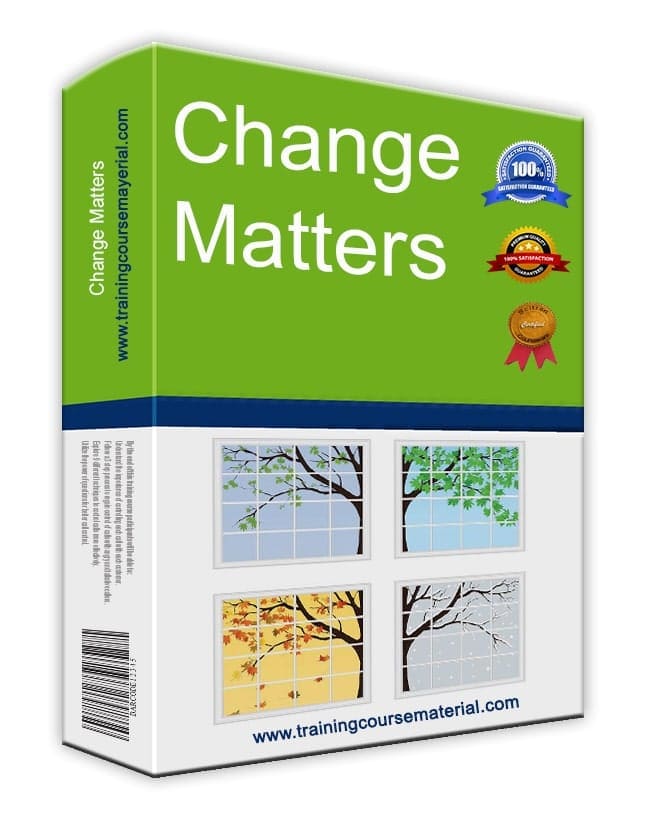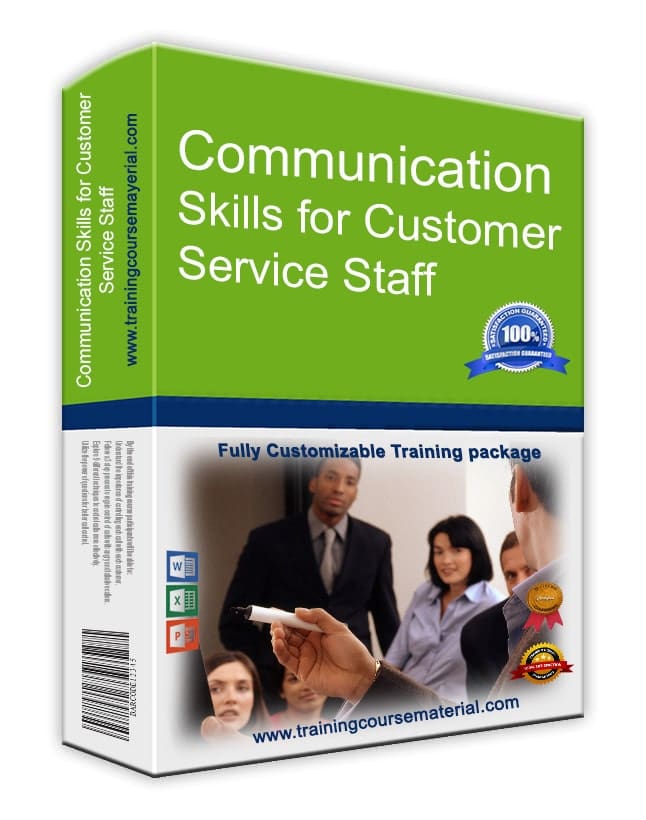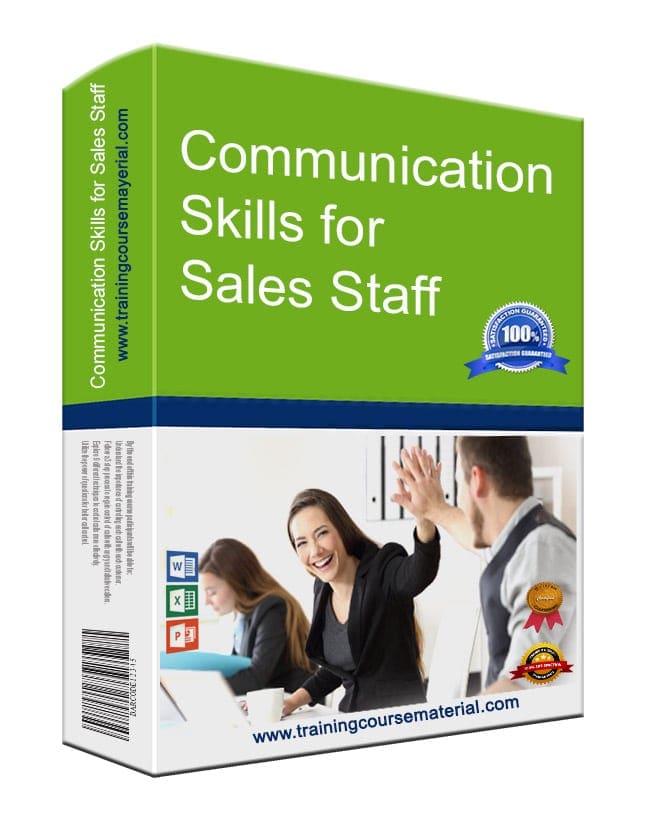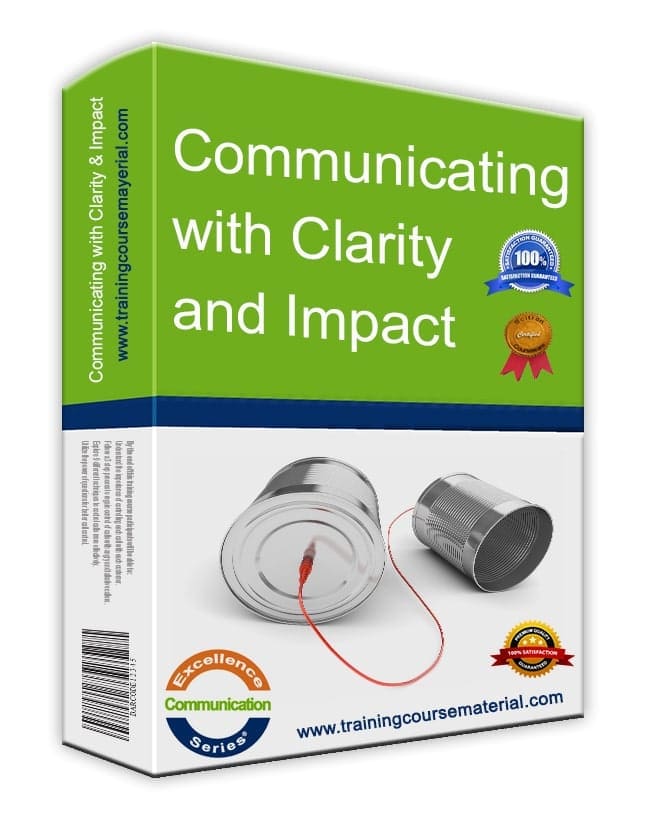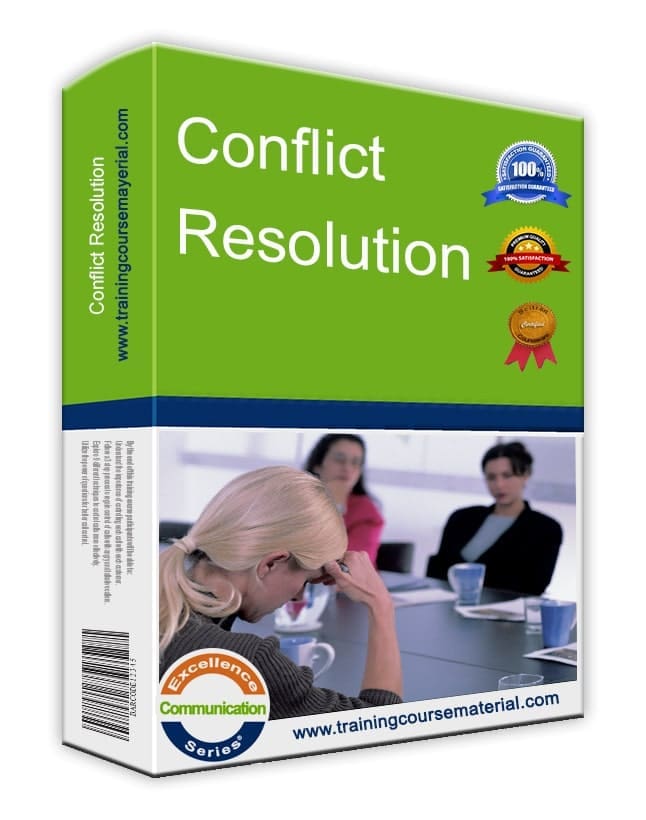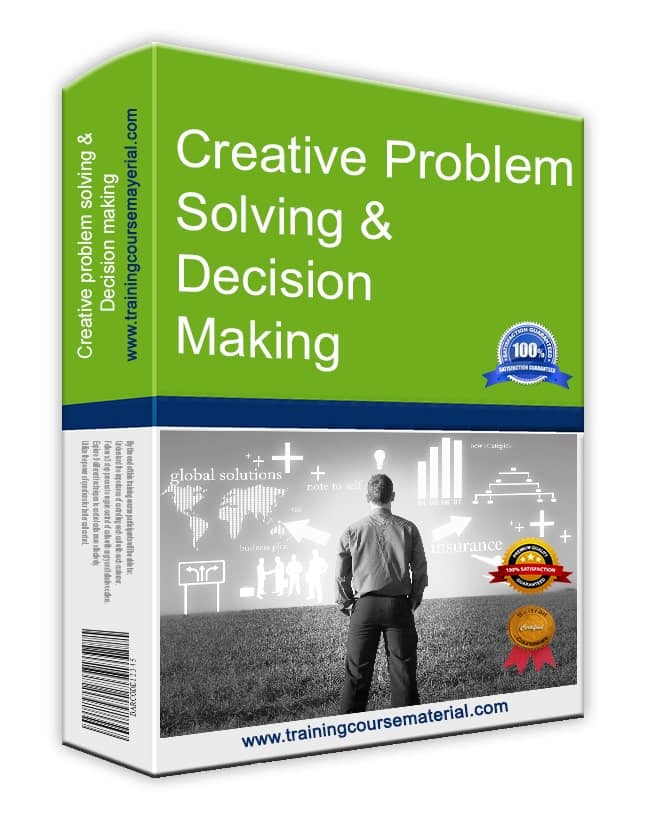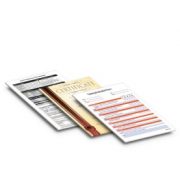A strong vision statement gives your organization a clear direction—like a North Star. It sets the tone for long-term planning and energizes everyone with a shared sense of purpose. Whether you call it a BHAG (Big Hairy Audacious Goal) or simply your vision, it should be bold, clear, and actionable.
🎯 What Makes a Good Vision?
- Concise: A brief statement that captures your future state.
- Vivid: A rich, visual description that helps everyone imagine what achieving the vision looks and feels like.
- Inspiring: It excites and motivates people to act.
- Far-reaching yet attainable: Big enough to challenge, realistic enough to pursue.
📌 Examples of Memorable Vision Statements
- 🌕 "We will put a man on the moon before the end of the decade and bring him back." – JFK
- 💻 "A computer on every desk and in every home using great software as an empowering tool." – Microsoft
🧩 Elements to Include
- Audacity: Go beyond what seems possible.
- Built on Strengths: Reflect core competencies and values.
- Future-facing: Describe where you're going, not where you are.
- Emotionally Engaging: Spark excitement, ownership, and commitment.
- Purpose-driven: Remind people why their work matters.
🖼 Creating a Vivid Description
The vivid description adds depth to your vision by imagining your organization in the future. It turns abstract goals into mental pictures. Ask your team:
- What does our workplace look and feel like?
- What is our reputation in the industry?
- What do clients say about us?
- How are employees working and collaborating?
🛠 Steps to Develop Your Vision
- Hold a session with your leadership or strategy team.
- Brainstorm answers to: What does success look like 5–10 years from now?
- Group and refine common themes.
- Create a short vision statement using active, forward-looking language.
- Write a vivid description to support the vision.
- Review and revise with the team for clarity and alignment.
- Check for alignment with your mission and values.
👤 Founder’s or Owner’s Vision
If you’re a business owner or founder, it helps to create your own personal vision statement. This internal BHAG can guide your broader life and business decisions. You don’t have to share it with the team—but it can help you stay focused and inspired.
📚 Related Training Resources
🧠 Frequently Asked Questions
What is a strategic vision?
A strategic vision is a bold, long-term goal that guides an organization’s future direction and inspires purposeful action.
What’s the difference between vision and mission?
Mission defines what you do now. Vision describes where you want to be in the future.
How often should a vision statement be updated?
Every 3–5 years, or sooner if your market, strategy, or leadership changes significantly.
Written by TrainingCourseMaterial.com — your source for instant-download training materials that help leaders define purpose, align teams, and plan for the future.

